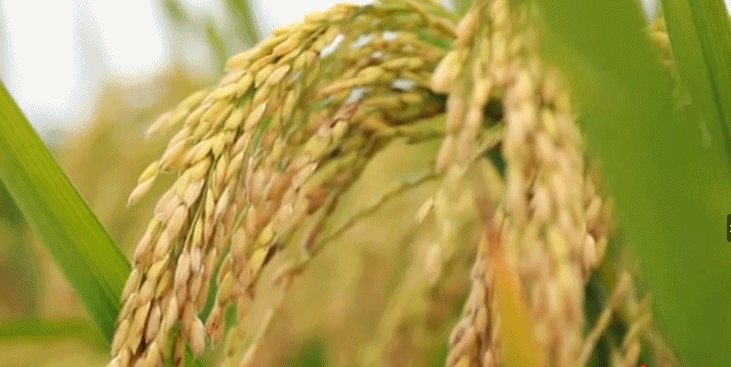China has once again set the bar high in agricultural innovation by breaking the record for hybrid rice yield, reaching an astonishing 22.5 metric tonnes per hectare! Meanwhile, Pakistan's rice yield averages about 6 to 7 tonnes per hectare. China's success in rice production can be attributed to the continuous development of new hybrid rice varieties and the adoption of advanced farming technologies.
Breaking Records with Hybrid Rice
Recent evaluations from a test field in China reveal that hybrid rice developed by Chinese scientists has achieved yields of up to 1,500 kilograms per mu (about 22.5 tonnes per hectare) over two growing seasons. China grows rice in two seasons per year, known as the early and late seasons. In contrast, Pakistan cultivates rice in only one season, despite having a similar climate to some Chinese provinces. By adopting a two-season cultivation approach and selecting high-yielding hybrid varieties, Pakistan could significantly boost its rice production.
Adopting High-Yielding Varieties for Pakistan
For Pakistan to increase its rice output, farmers should consider cultivating high-yield varieties like China's hybrids. However, it's essential to note that China's impressive yields come with higher fertilizer use, which poses environmental challenges. The late Yuan Longping's team in China is currently working on third-generation hybrid rice varieties aimed at achieving high yields with reduced fertilizer consumption, making rice production more sustainable.
Pakistan's Position in the Global Rice Market
Pakistan is among the key players in the global rice market, alongside Thailand, Vietnam, India, and China. In 2021, Pakistan's rice exports to China (HS Code 1006) surpassed $400 million, marking a 133% increase from the previous year. This significant rise made Pakistan China's leading rice supplier for the first five months of that year, as reported by China Economic Net (CEN) based on data from the General Administration of Customs of the People's Republic of China (GACC).
China imported 973,000 tonnes of rice from Pakistan last year, valued at $437 million. With the addition of seven new Pakistani rice exporters to the approved list, which now includes 53 exporters, China has eased import restrictions, allowing more Pakistani rice to enter its market.
Understanding China's Rice Growing Seasons
China's rice cultivation is divided into two main seasons:
Early Season: March to July
Late Season: September to December
In Hunan Province, Central China, late-season hybrid rice yields reached 911.7 kg per mu (equivalent to 0.07 hectares), demonstrating the potential of hybrid rice to achieve high productivity even in challenging conditions.
Comparing Rice from Pakistan and China
There are notable differences between the rice produced in Pakistan and China. Pakistani rice grains are long and have a distinct taste, favored in various international cuisines. On the other hand, Chinese rice grains are generally smaller, catering to different culinary preferences.
A Path Forward for Pakistan
By adopting China's approach to hybrid rice cultivation, improving farming practices, and leveraging advanced agricultural technologies, Pakistan can enhance its rice yield and strengthen its position in the global rice market. Learning from China's success, Pakistani farmers have the potential to transform the country's rice production landscape, contributing to economic growth and food security.
 |
| Pakistan Rice |
 |
| China Rice |
Tags:
Agriculture
